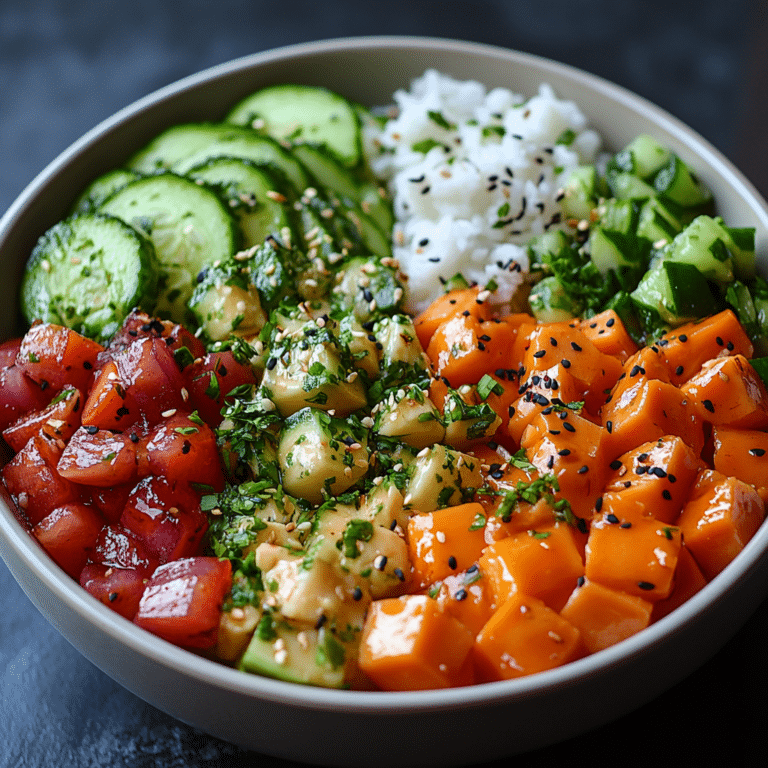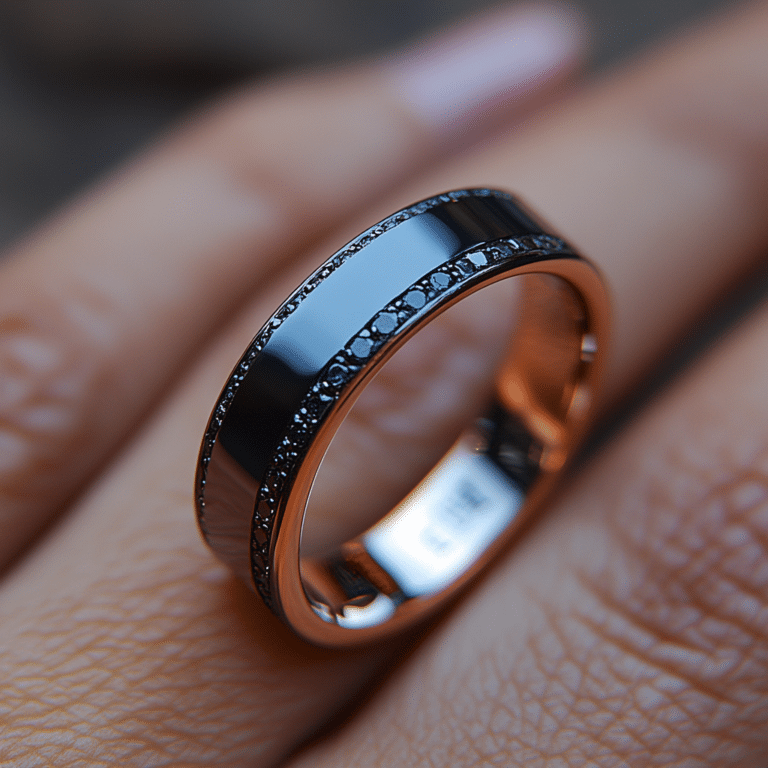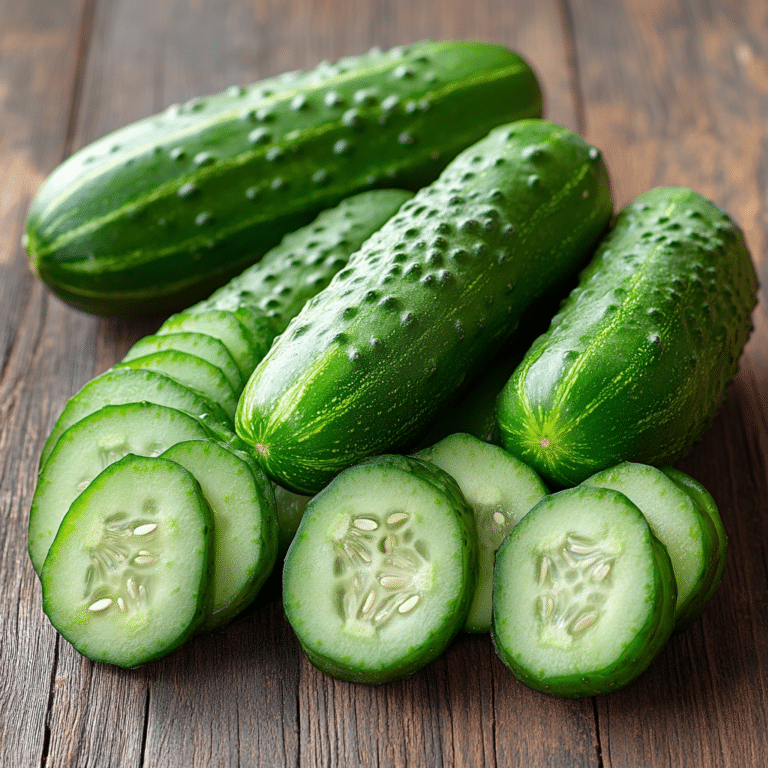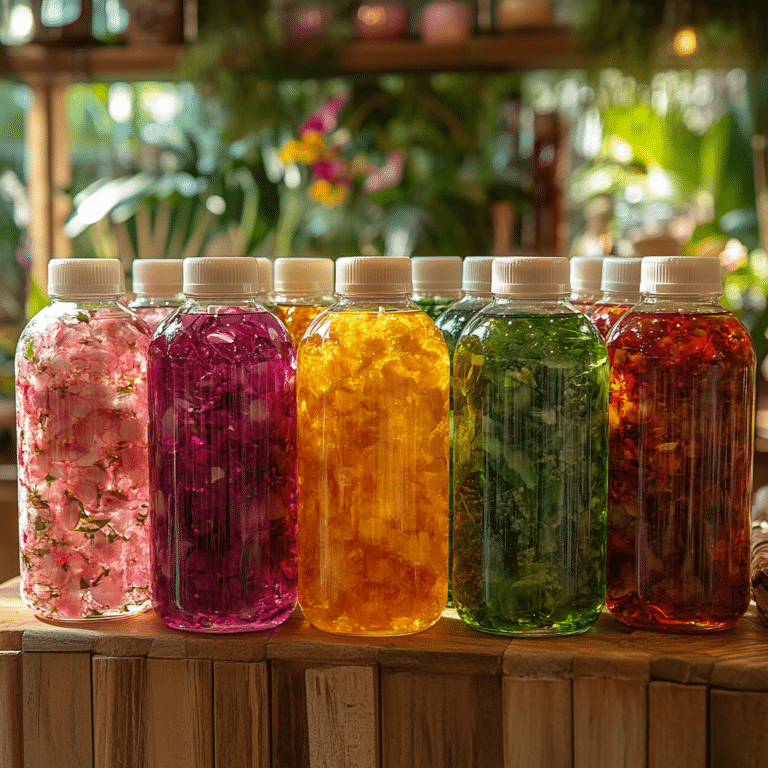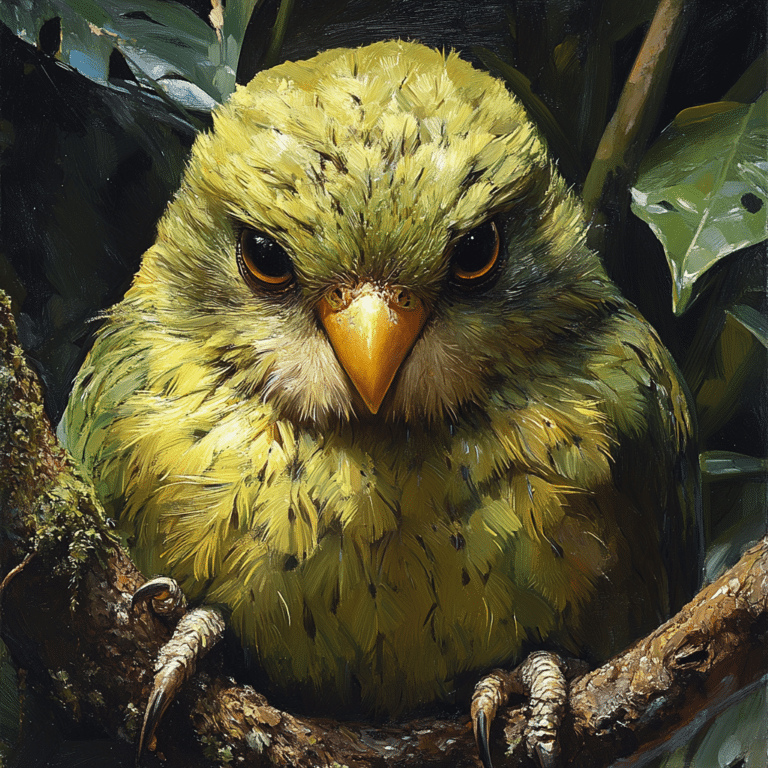The delightful and often mysterious world of poke salad, a humble yet hazardous staple in Southern cuisine, tempts adventurous eaters with its tantalizing blend of taste and tradition. Derived from the pokeweed plant (Phytolacca americana), poke salad offers a nutritional punch, but it comes with quite the disclaimer. The balance between its health benefits and inherent risks has earned it a unique spot in Southern menus and on the tables of daring food lovers.
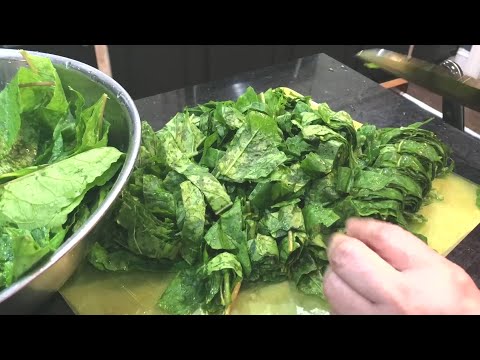
Unveiling the Nutritional Wonders of Poke Salad
Poke salad is no ordinary green. Packed with vitamins A and C, iron, and calcium, this dish boasts nutritious credentials comparable to more well-known leafy greens like spinach and kale. However, poke salad stands out by also containing a unique antiviral protein, potentially beneficial against some herpes simplex viruses and even HIV. The leaves and shoots are earthy yet mildly bitter, offering an initially pleasant flavor akin to that of sautéed spinach or mustard greens.
Despite its nutritional lure, poke salad’s risk isn’t for the faint-hearted. The pokeweed plant contains potent toxins that, if not properly prepared, can cause severe illness or even be fatal. These toxins necessitate careful handling and cooking, making it a wild card in the culinary world. But when done right, poke salad becomes a testament to both the dangers and rewards inherent in some of our most cherished traditional foods.
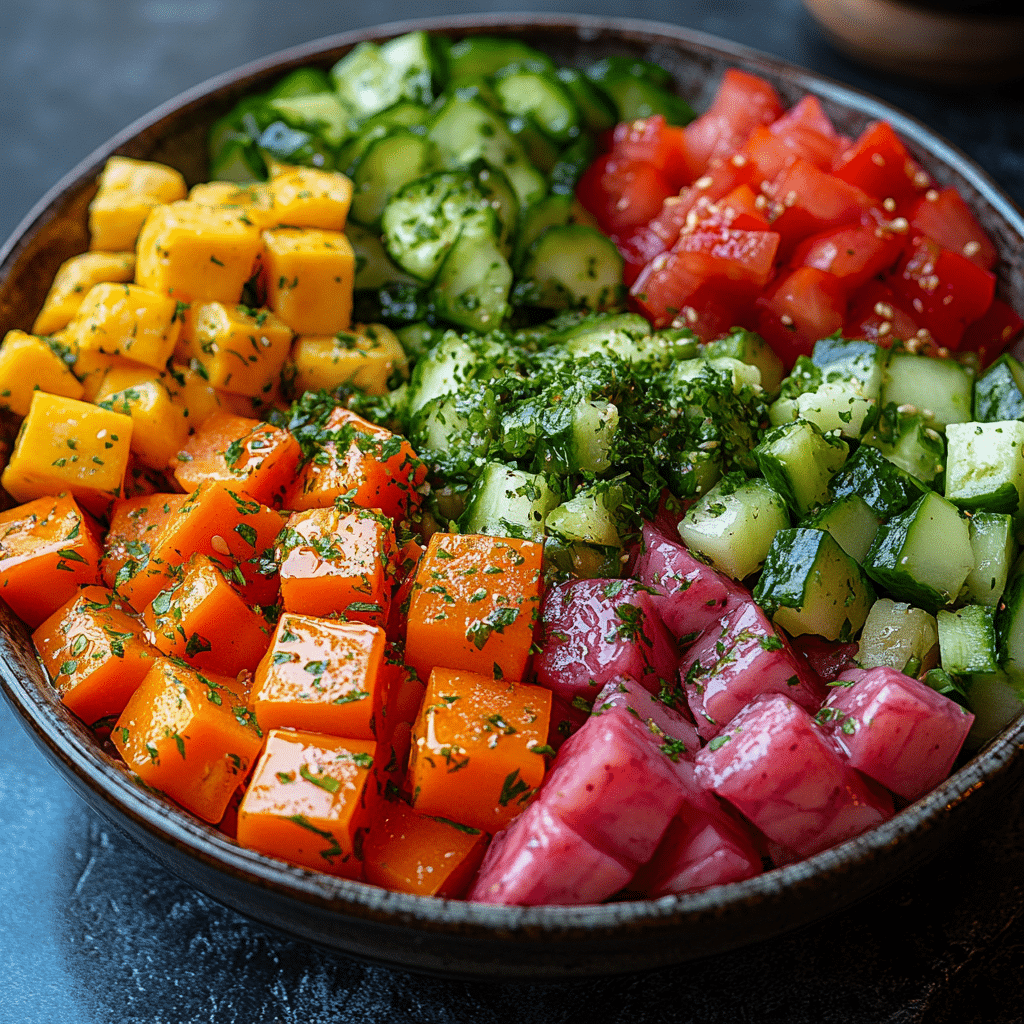
The Historical and Cultural Significance of Poke Salad
Tracing its roots back to Native American traditions and colonial times, poke salad has long been integral to Southern heritage. Early settlers and indigenous people recognized both its nutritive and medicinal attributes, despite its potentially lethal nature. From a practical standpoint, pokeweed was one of the first plants to sprout in the spring, making it a vital source of sustenance after long winters.
In contemporary Southern culture, poke salad is celebrated in festivals and family gatherings, standing as a living relic of regional history and perseverance. Understanding this historical backdrop enriches our appreciation for the dish, juxtaposing its past of survival against modern culinary innovation.
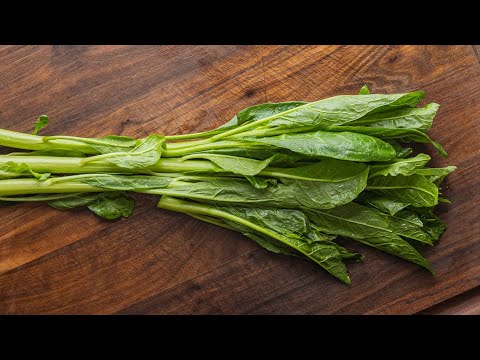
| Aspect | Details |
| What is Poke Salad? | A traditional Appalachian dish made from the cooked leaves of pokeweed (Phytolacca americana). |
| Similarity to Other Dishes | Similar to “killed lettuce,” but poke salad requires actual cooking to make the leaves safe to eat. |
| Preparation | Must be cooked; raw pokeweed is toxic and can cause severe illness or death, especially dangerous for children and elderly. |
| Flavor Profile | Mild, pleasant grassy flavor with a touch of bitter earthiness; tastes similar to sautéed spinach or mustard greens. |
| Nutritional Information | – High in vitamin A, significant amounts of vitamin C, iron, and calcium. |
| – Contains a unique antiviral protein that may inhibit herpes simplex viruses and HIV. | |
| – 5 oz serving contains 140 calories, 32% carbs, 42% fat, 26% protein. | |
| Health Considerations | – Potentially toxic if not prepared correctly. |
| – Contact with leaves, roots, or berries can cause skin rash. | |
| Culinary Uses | Often sautéed and sometimes combined with eggs to make a hearty scramble. |
| Regional Popularity | Mainly popular in Appalachia and the American South. |
| Harvesting | One of the easiest wild plants to harvest in large quantities, typically sprouting up in early spring. |
| Calories and Macronutrients | 5 oz contains 140 calories, 32% carbohydrates, 42% fat, 26% protein. |
| Warnings | All parts of fresh pokeweed are toxic if ingested; proper cooking is essential to render it safe. |
Safe Preparation Techniques: Turning Toxic into Tasty
Preparing poke salad isn’t for kitchen novices. Gaining a safe, edible dish from toxic origins requires keen attention. Only the young shoots of the pokeweed are harvested – the mature plants and berries contain dangerously high levels of toxins. The method begins with sequential boiling, typically three times, with the water discarded each time to leach out the toxins.
Missing this meticulous process comes with severe consequences, from gastrointestinal distress to more severe outcomes. Even with the risks, chefs and home cooks alike stand by the careful preparation needed to transform this plant into a delightful sauté or creamy scramble.
This process is somewhat akin to preparing “killed lettuce,” an Appalachian dish where greens are wilted by hot dressing. Yet, poke salad demands actual cooking to neutralize toxins effectively.
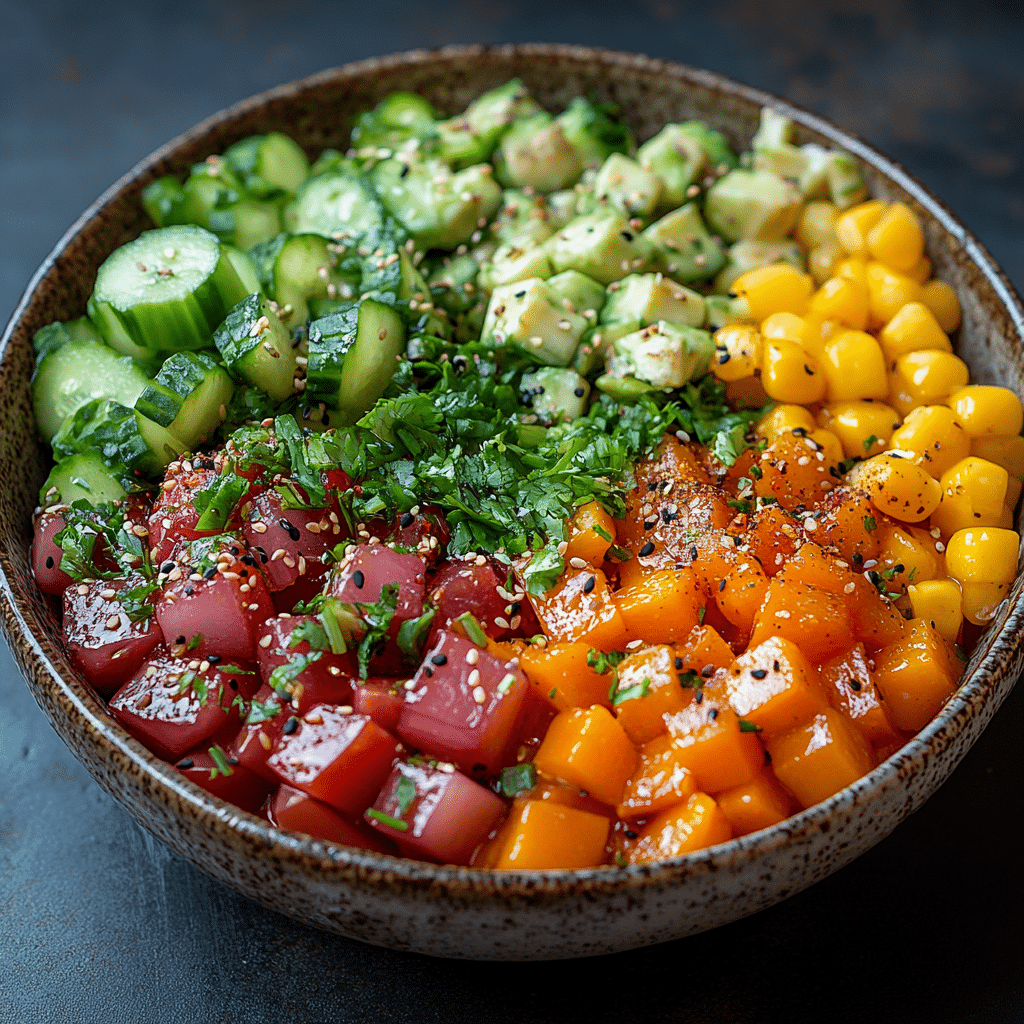
Poke Salad vs. Similar Greens: Nutritional Comparison
Stack poke salad against mainstream greens like spinach or kale, and you’ll find it’s no underdog. Spinach is famed for its rich iron and calcium content, but poke salad matches it gram for gram and sweetens the deal with abundant vitamin C. While both greens offer dazzling health benefits, poke salad’s perilous preparation gives it an edge of exclusivity.
The final dish – when safely prepared – can be savored in large quantities due to its mild, pleasant flavor. It’s a nutritional powerhouse that requires a bit more culinary courage to include in your routine.
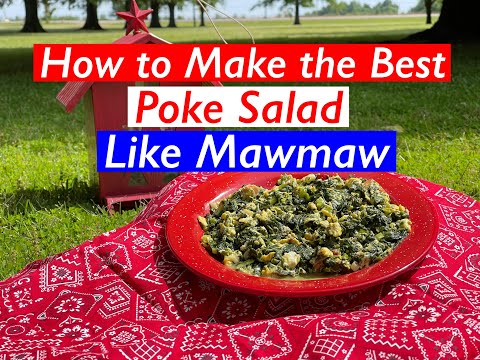
Modern Chefs and Poke Salad: Risk Meets Innovation
Some of today’s top chefs have embraced the dare associated with poke salad, folding it into modern menus with both respect and a touch of adventure. Scott Peacock, a notable Southern culinary connoisseur in Birmingham, Alabama, features poke salad at his renowned restaurant. His dishes retain traditional preparation techniques while innovating with contemporary twists – think poke salad and citrus vinaigrette, or blending it in heartwarming springtime casseroles.
This culinary trend isn’t just about staying true to old methods; it’s a celebration of the dish’s unique place in gastronomy. As more chefs experiment, poke salad moves from a Southern curiosity to a gourmet delight.
The Role of Poke Salad in Sustainable Foraging
Beyond its direct culinary allure, pokeweed’s abundant and resilient growth makes it an excellent candidate for sustainable foraging. Often seen as an invasive weed, pokeweed’s prolific nature means it requires no farming and minimal ecological impact. Foraging enthusiasts argue that harvesting it for poke salad not only yields nutritious food but also helps control the species’ spread.
By turning to nature’s surplus, culinary adventurers foster sustainability and encourage a return to local, wild-sourced nourishment. In a world increasingly focused on sustainable practices, poke salad offers a taste of the possible.
The Future of Poke Salad: From Folklore to Fine Dining
As interest in foraged foods burgeons, so too does poke salad’s evolution from traditional folklore to a fine-dining niche. Researchers and gastronomists are keen on expanding safer preparation methods and exploring innovative ways to bring poke salad into mainstream consumption.
This ongoing journey honors poke salad’s deep-rooted history while marrying it with modern sensibilities. Such trends not only preserve its cultural narrative but also amplify respect for foraged foods’ distinctiveness.
Balancing poke salad’s preparation against its tantalizing reward is both an art and a tribute to culinary evolution. Its risky charm and nutritional bounty underscore the dynamic and diverse nature of our diets, bridging centuries-old traditions with present-day palate pleasures. So, the next time you’re seeking more than just ordinary greens, consider the captivating poke salad – a luscious link between our past and the inventive possibilities of modern cuisine.
For further exploration into similar intriguing stories, check out the legacy-laden tale of Phylicia Simone barnes and culinary innovations from Chef Pietramala. If you’re drawn by sustainable practices, explore foraging insights from Mentor Ohio county. And for those interested in more than just poke salad, stay informed on current Issues around sobriety or even current mortgage rates.
Keep diving into culinary tales and beyond with the Baltimore Examiner.
Poke Salad: The Risky Yet Nutritious Delicacy
Fun Trivia
Did you know poke salad’s origins can be found in the southern United States? It’s got quite the risky reputation due to its potential toxicity when not prepared correctly. The pokeweed plant, from which poke salad is made, contains toxic compounds that can cause nasty health issues if ingested raw. However, with proper boiling and multiple water changes, it transforms into a nutritious green that’s packed with vitamins and minerals.
Historically, poke salad has been a staple in certain Southern diets. During the Great Depression, many families turned to foraging to put food on the table, and poke salad was a savior. They soon figured out the right way to cook it to avoid poisoning themselves. Interestingly, the plant itself has been known to grow in various temperate regions, including parts of Europe like Saxmundham Suffolk. Imagine that – a plant connected to both historical sustenance and global distribution!
Interesting Facts
Here are a few fun facts: First, poke salad isn’t merely a dish; it’s also a piece of Southern culture. It’s got its own place in folk songs, most famously in Tony Joe White’s “Polk Salad Annie.” Imagine a simple plant earning musical fame! Additionally, the pokeweed plant has medicinal uses too, though not without its risks. Native Americans reportedly used it for various ailments, despite its toxic nature.
If you’re considering trying poke salad, it’s crucial to understand how dangerous improper preparation can be. Think twice before picking and cooking it yourself – it’s often best to leave this one to the experts. Speaking of expertise, it’s almost as vital to know How much Is Super duolingo before diving into advanced language learning – certain things just need specialist knowledge!
Curious Connections
What might surprise you further is that pokeweed isn’t just a relic of the past. Even today, it’s a subject of agricultural interest and local pride. Speaking of local pride, Porter Stansberry, a well-known figure from Baltimore, may not have poke salad roots, but he knows a thing or two about regional appreciation and conservation.
So next time you’re diving into some southern cuisine or trivia, remember the curious case of poke salad. It’s a dish wrapped in history, culture, and a touch of hazard.
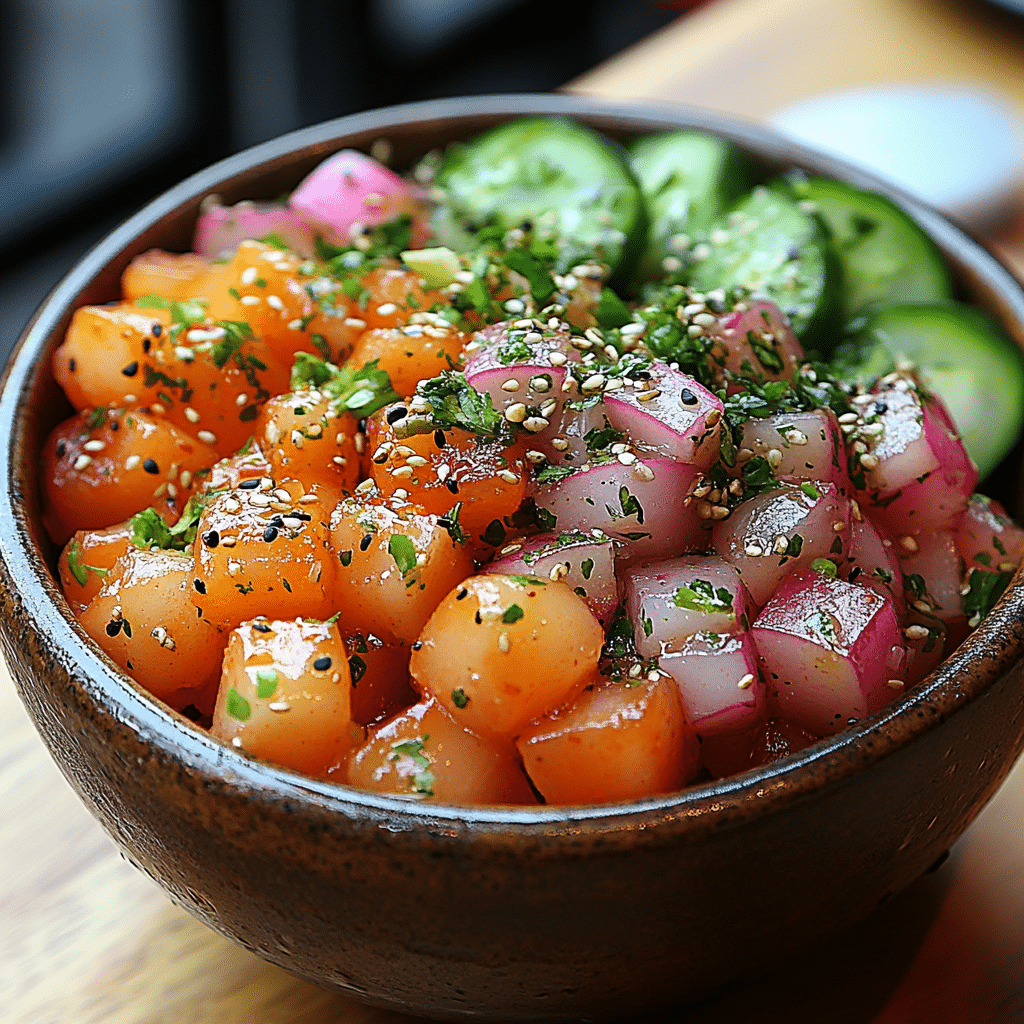
What exactly is a poke salad?
Poke salad is a cooked dish made from the young leaves of the pokeweed plant. It’s popular in Appalachia and the American South, where the leaves are boiled and sautéed to remove toxins and then eaten as a side dish, often likened to cooked spinach or mustard greens.
Is it okay to eat poke salad?
Poke salad is safe to eat if it’s properly cooked. Raw pokeweed is highly toxic and can even be deadly, especially for children and older folks, so it’s crucial to follow the correct preparation methods to enjoy it safely.
What does pokeweed taste like?
Pokeweed has a mild, grassy flavor that’s quite pleasant. When cooked, the taste of the greens is often compared to sautéed spinach or mustard greens with a subtle, bitter earthiness.
Is pokeweed good or bad for you?
Pokeweed is both good and bad for you. While it’s packed with vitamins A and C, iron, calcium, and certain antiviral properties, it’s also very toxic if not properly cooked. Touching or ingesting the plant raw can cause severe health issues.
Why do people eat pokeweed?
People eat pokeweed for its nutritional value and unique taste. It’s a traditional dish in some regions, and many folks appreciate the high vitamin and mineral content once the plant is properly prepared to remove toxins.
What to do if you touch pokeweed?
If you touch pokeweed, wash the affected area with soap and water as soon as possible to reduce the risk of skin irritation or rash. Seek medical attention if you develop a severe reaction.
Are poke salads healthy?
Poke salads can be part of a healthy diet when prepared correctly. They are high in vitamins and minerals and provide a good source of protein in terms of macronutrient content.
What are the symptoms of poke salad poisoning?
Symptoms of poke salad poisoning include nausea, vomiting, diarrhea, difficulty breathing, and muscle weakness. Severe cases can lead to convulsions, loss of consciousness, and even death. Immediate medical attention is necessary if poisoning is suspected.
Can you buy poke salad in a can?
Yes, you can buy canned poke salad, which tends to be pre-cooked and safer to eat. However, it’s essential to check the preparation method to ensure safety.
How to prepare pokeweed for eating?
To prepare pokeweed for eating, start by boiling the young leaves in water for several minutes, then discard the water. Repeat this process at least twice to remove toxins. Finally, sauté the boiled leaves to taste.
Is pokeweed a narcotic?
Pokeweed is not a narcotic. However, it’s a highly toxic plant, and improper ingestion can lead to severe health problems.
What animal eats pokeweed?
Deer, birds, and small mammals like rabbits and raccoons eat pokeweed berries and leaves. These animals can tolerate the toxins that are harmful to humans.
What is the medicinal purpose of pokeweed?
There’s some research suggesting that pokeweed may have antiviral properties, particularly against herpes simplex viruses and HIV, due to a unique protein it contains. However, these potential benefits come with significant risks if the plant is not prepared correctly.
What is the difference between a poke bowl and a poke salad?
A poke bowl is a Hawaiian dish typically featuring raw fish, rice, and assorted vegetables and toppings, whereas poke salad is a Southern dish made from the cooked leaves of the pokeweed plant.
Is poke good or bad for you?
Poke can be good for you if it’s the fish-based Hawaiian dish loaded with nutrients and healthy ingredients. Pokeweed-based poke salad, however, can be hazardous if not prepared properly due to the plant’s toxins.
Is poke salad made from pokeweed?
Yes, poke salad is indeed made from pokeweed. The cooking process is crucial to make the pokeweed leaves safe for consumption by boiling and sautéing them to remove toxins.
Are poke salads healthy?
Poke salads can be healthy when made from properly cooked pokeweed. They provide essential vitamins and minerals but always ensure the plant is prepared correctly to avoid toxicity.

